
Washington Senators (1961-1971)
First Game Played April 10, 1961
Last Game Played September 30, 1971

Historical Moments
After years of struggling with attendance and fighting with baseball and city officials, Calvin Griffith, the owner of the original Senators, gets approval to move. The approval comes as the American League decides to expand one year earlier than planned.
Part of the approval comes because one of the two expansion teams will be placed in Washington to replace the charter American League franchise that moved to Minnesota. Although the team will pick up the old name Senators, it will be as an expansion team, since the team that moved to Minnesota was allowed to keep its history.
Washington Senators (1961-1971) Best
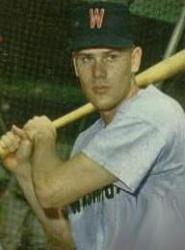
Bud Zipfel
1961-1962

Casey Cox
1966-1971

Chuck Hinton
1961-1964
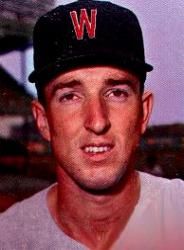
Claude Osteen
1961-1964
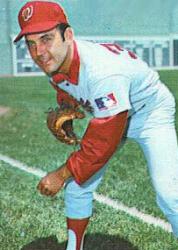
Darold Knowles
1967-1971

Dave Stenhouse
1961-1963
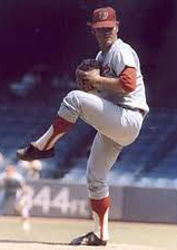
Denny McLain
1971
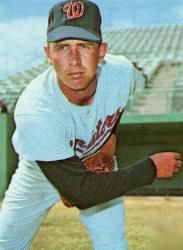
Dick Bosman
1966-1971
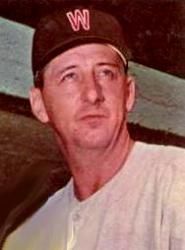
Dick Donovan
1961
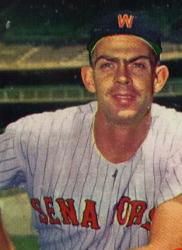
Don Lock
1962-1966

Don Zimmer
1963-1965

Ed Brinkman
1961-1970
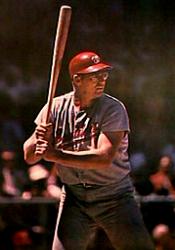
Frank Howard
1965-1971
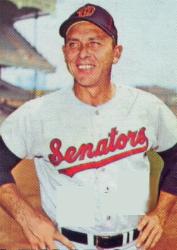
Gil Hodges MGR
1963-1967
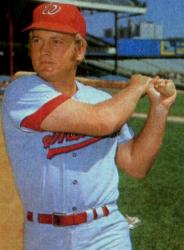
Jeff Burroughs
1970-1971
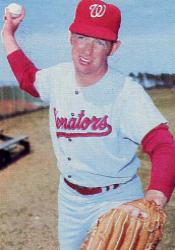
Jim Hannan
1962-1970
Washington Senators (1961-1971) Stadiums

1961

1962-1971